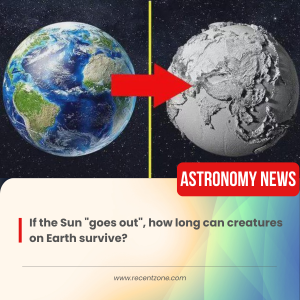The bones of woolly mammoths and woolly rhinoceros are amongst the animal remains discovered in a cave near Plymouth, UK.

The cave was uncovered during the construction of a new housing estate in Sherford, Plymouth, offering a glimpse into an ancient ecosystem from between 60,000 and 30,000 years ago during the middle of the last Ice Age.
Excavations of the remains was conducted by Orion Heritage, Exeter-based AC Archaeology, and multiple expert academics, supported by the South West Science Advisor from Historic England.
The researchers unearthed a tusk, molar tooth and other bones from a woolly mammoth, an incomplete skull and lower jaw from a woolly rhinoceros and an almost complete wolf skeleton.
Partial remains uncovered include a hyena, horse, reindeer, mountain hare, bats, shrews and a red fox. It is anticipated that further bones of small mammals will be identified during post-excavation laboratory analysis.
Whether all of the creatures found in the cave coexisted in a similar time period, or existed at different points over a much longer time span is uncertain. One theory is that some of the creatures fell into a pit and were unable to escape, and carnivorous scavengers followed and met a similar fate – or the animals died elsewhere, and the bones washed into the area over a period of time.
Duncan Wilson, Chief Executive of Historic England, said: “This discovery is exceptional. To have found partial remains of such a range of species here in Devon gives us a brilliant insight into the animals which roamed around Ice Age Britain thousands of years ago, as well as a better understanding of the environment and climate at the time. We are delighted that this important part of our history will be preserved for future generations.”
Ice Age Mammoth, Rhinoceros Fossils Found at U.K. Construction Site:
The bones of woolly mammoths and woolly rhinoceros are amongst the animal remains discovered in a cave near Plymouth, UK. The cave was uncovered during the construction of a new housing estate in Sherford, Plymouth, offering a glimpse into an ancient ecosystem from between 60,000 and 30,000 years ago during the middle of the last…





